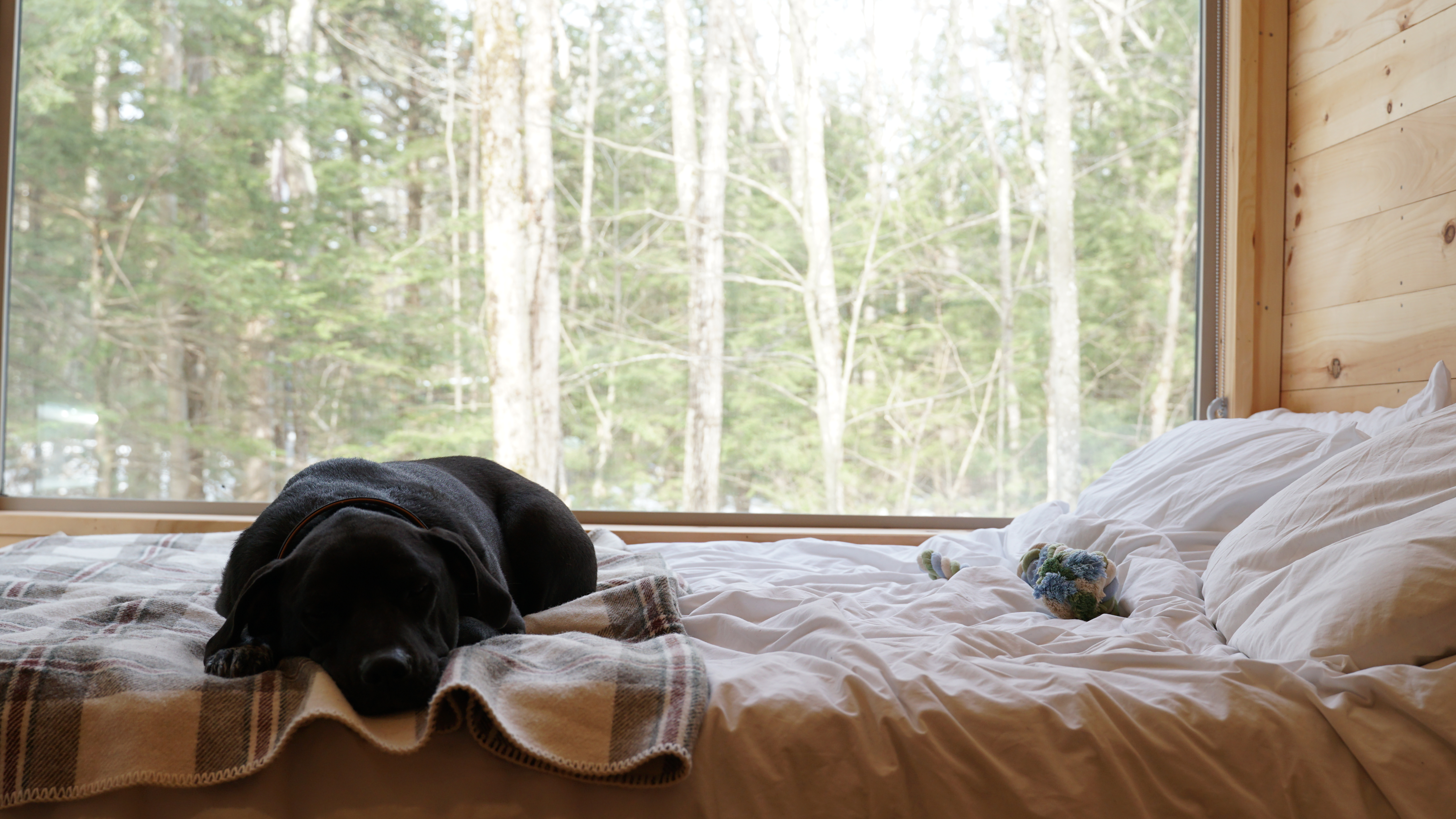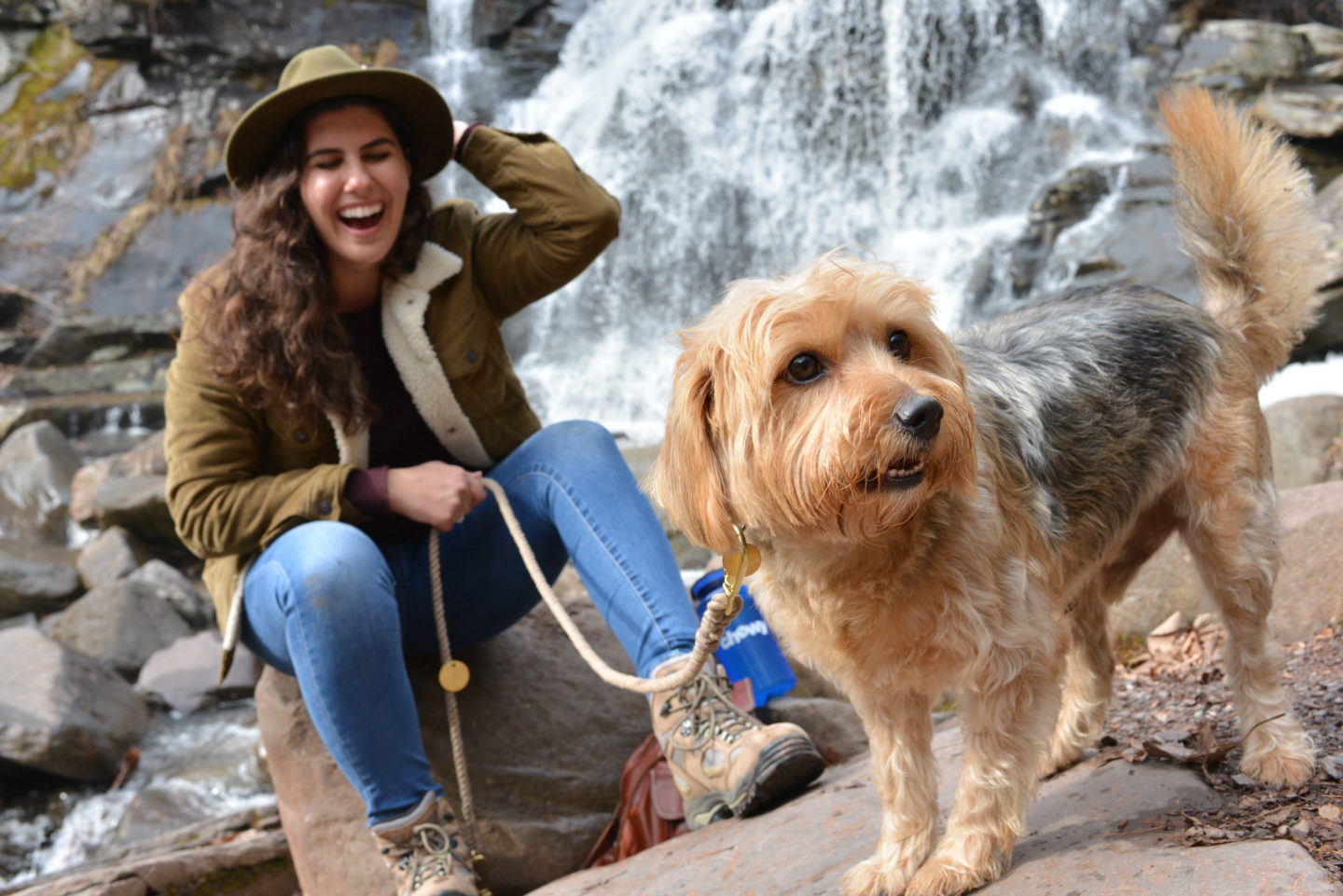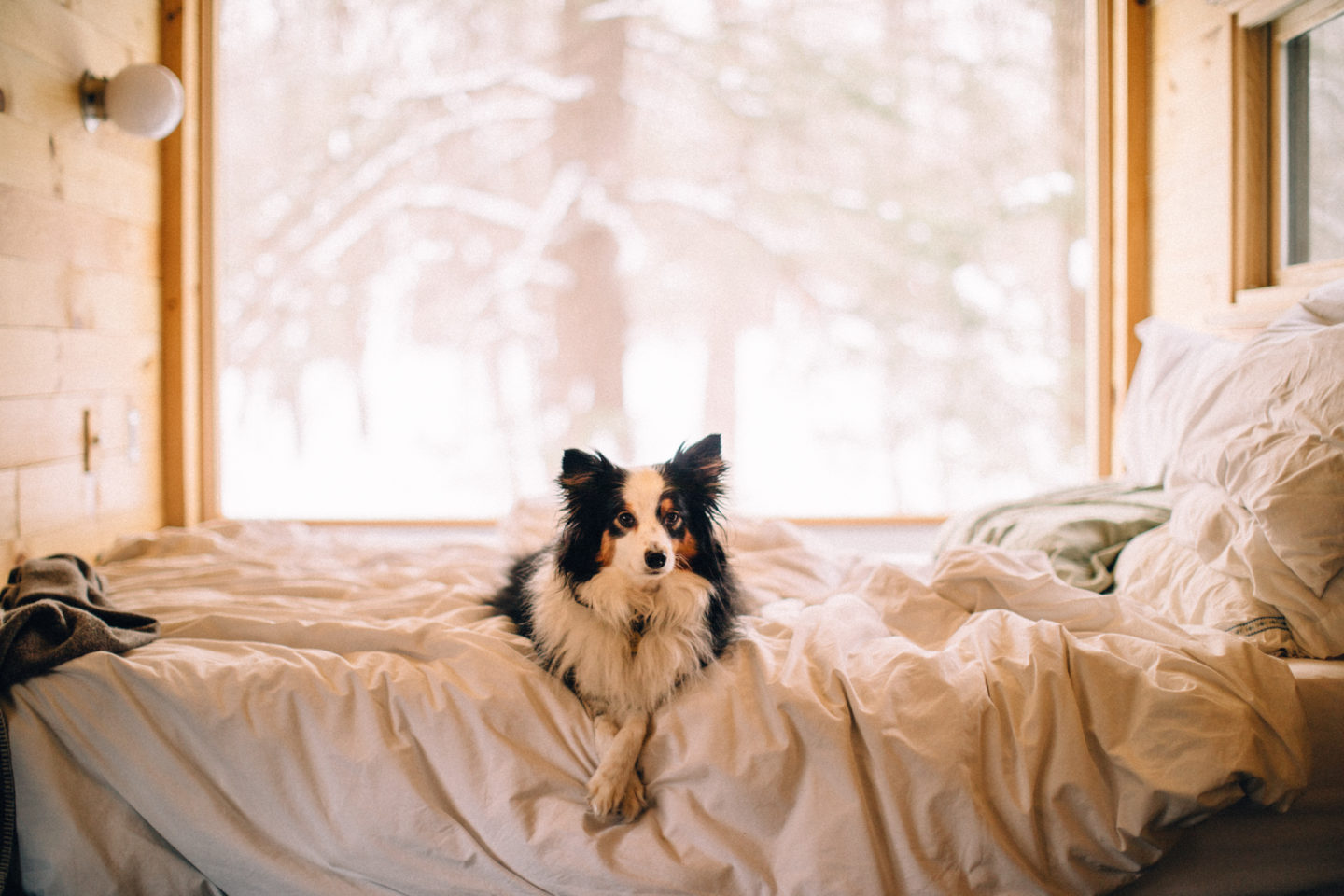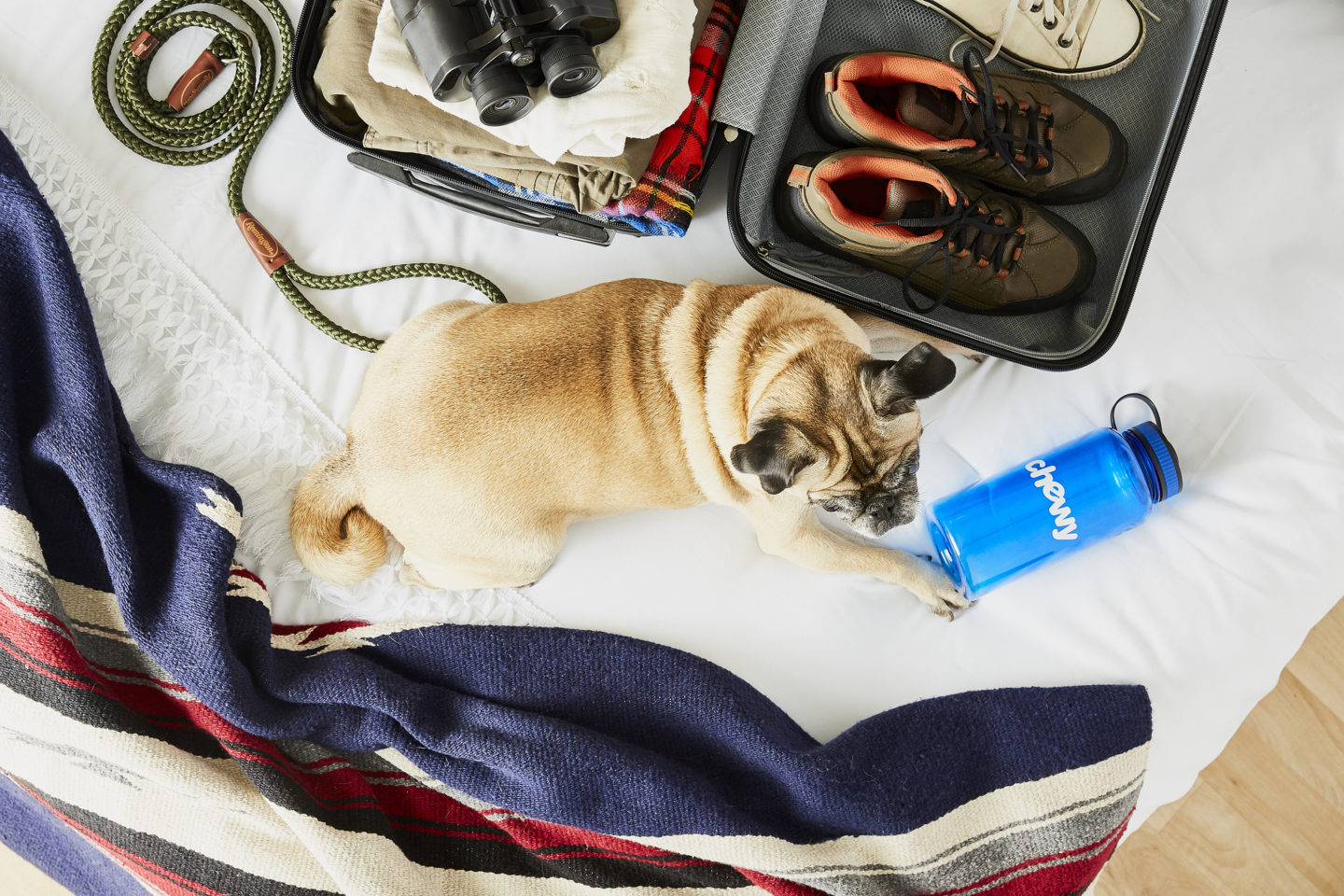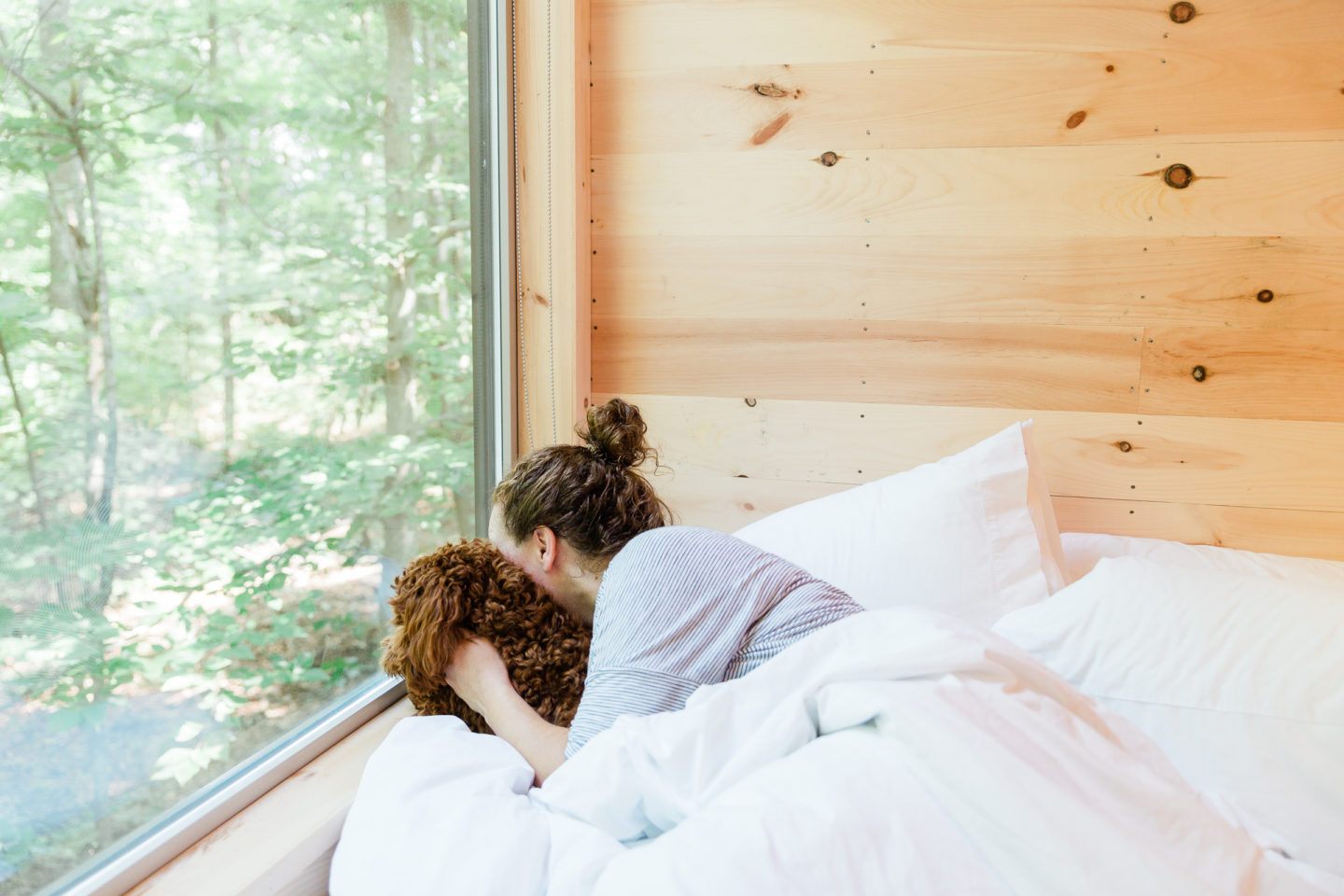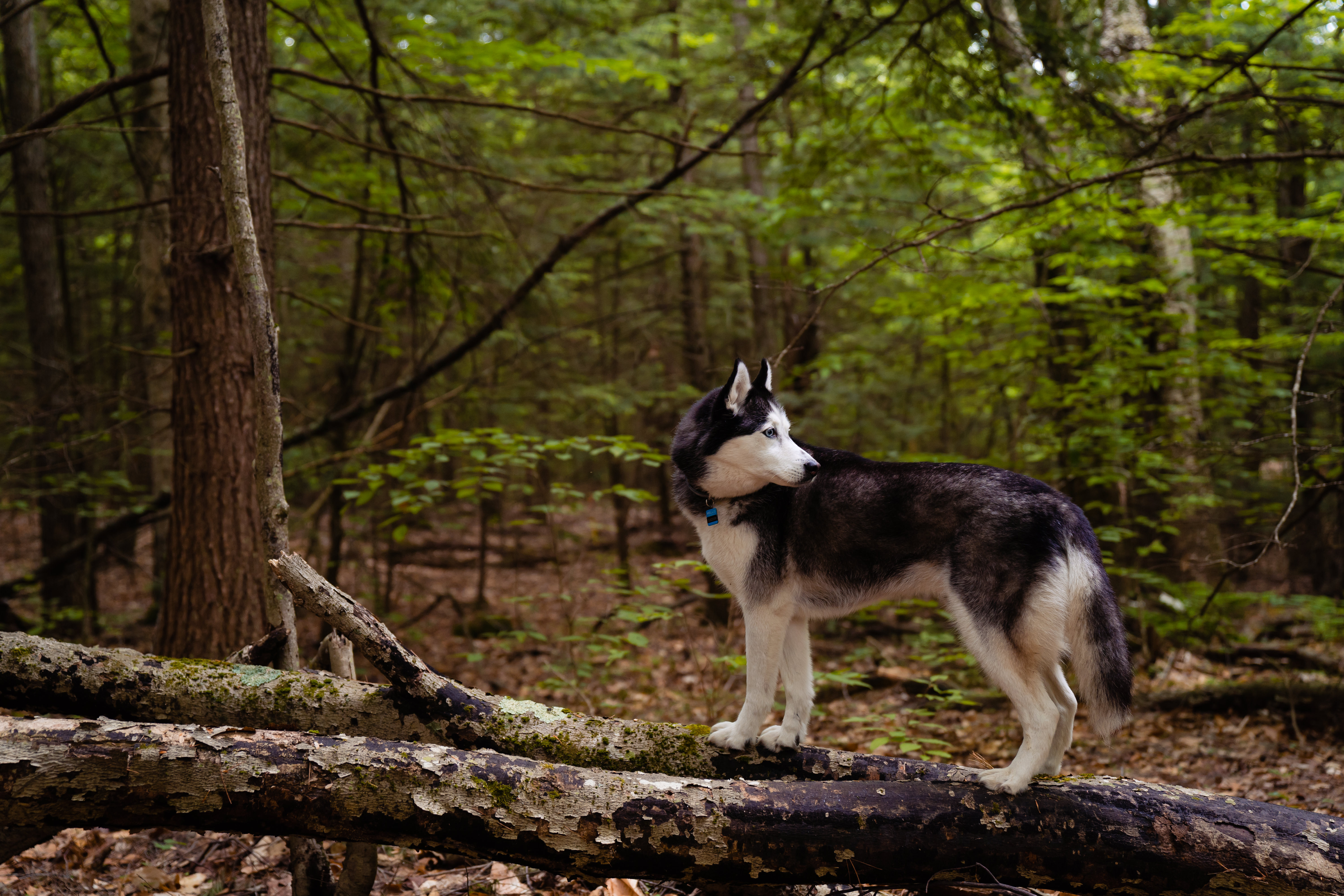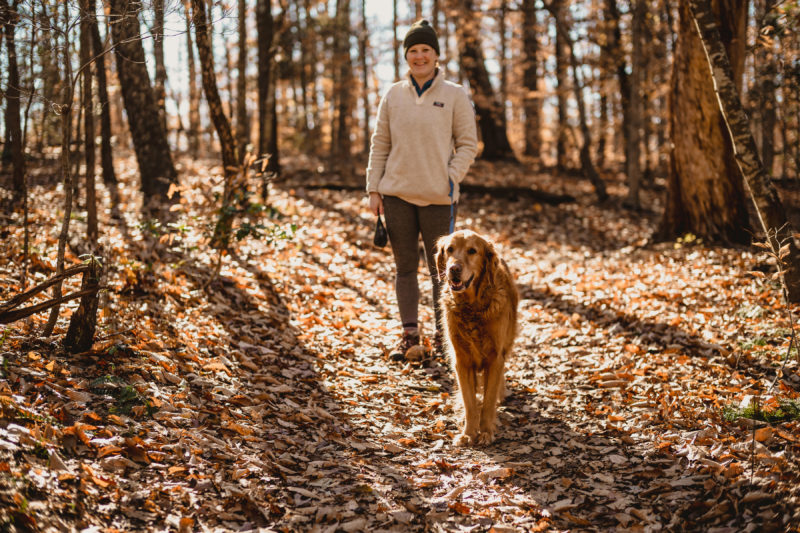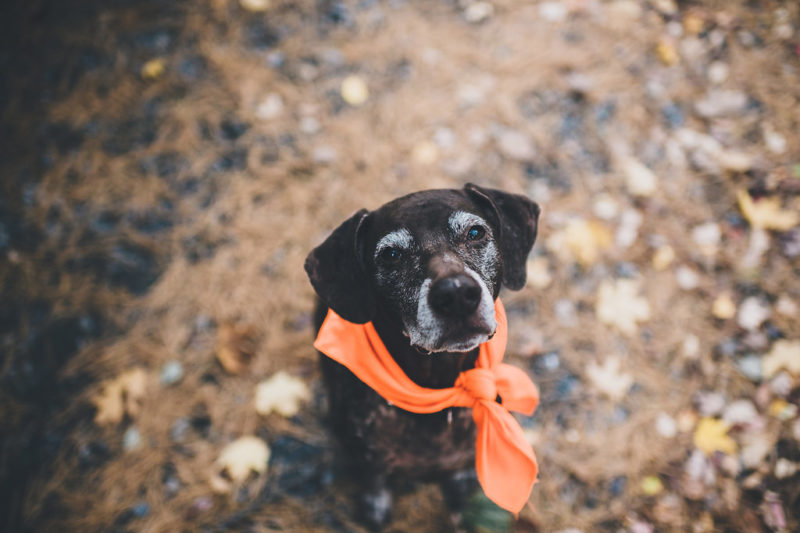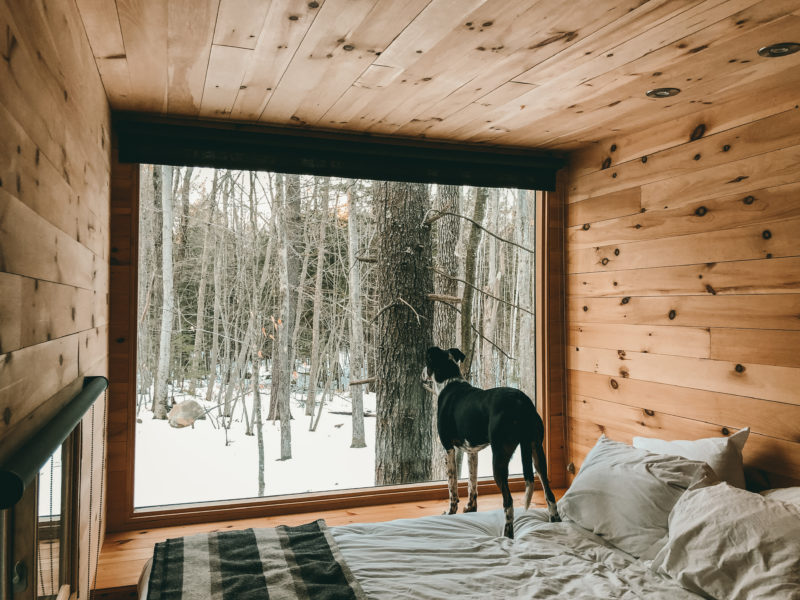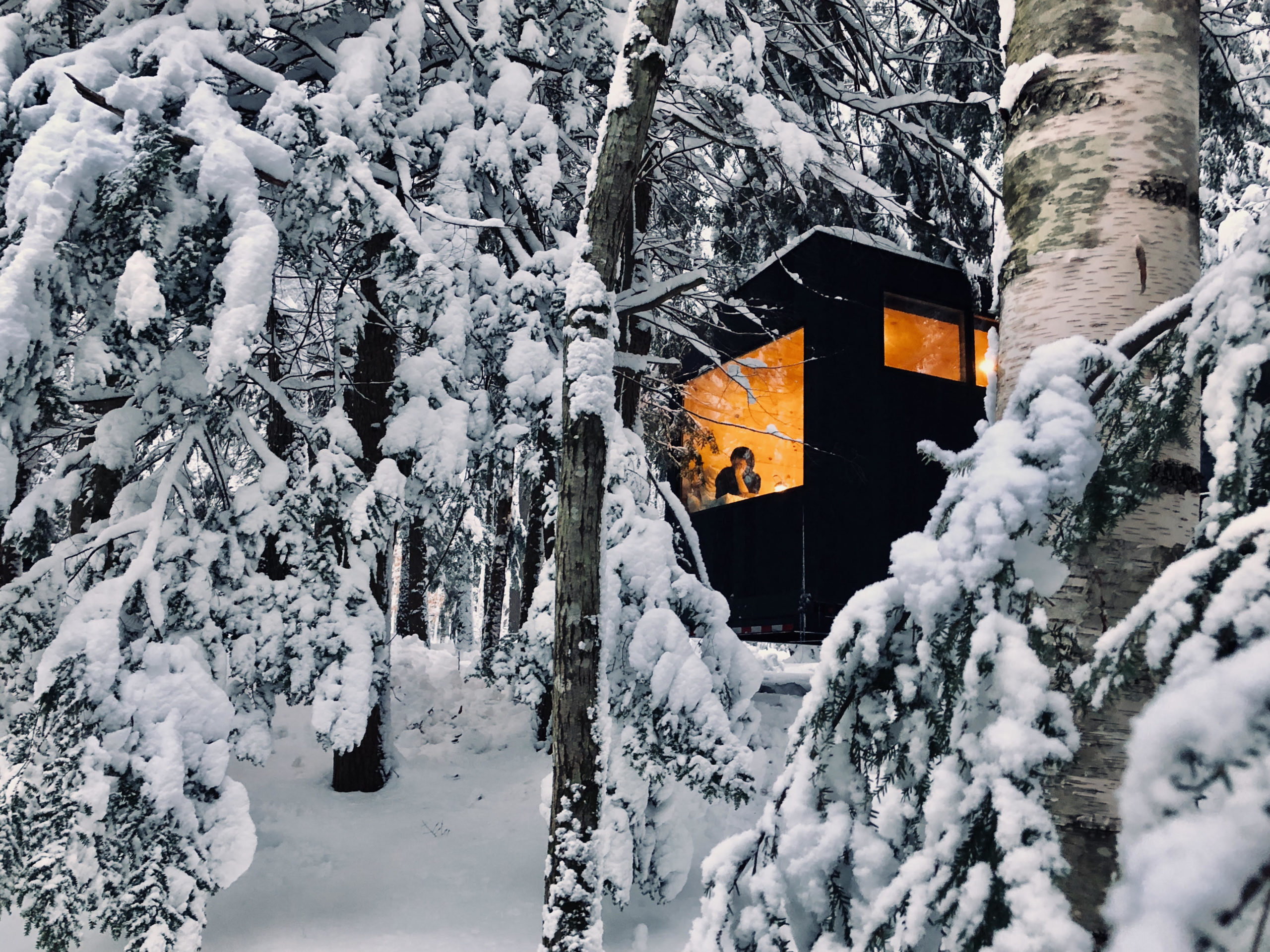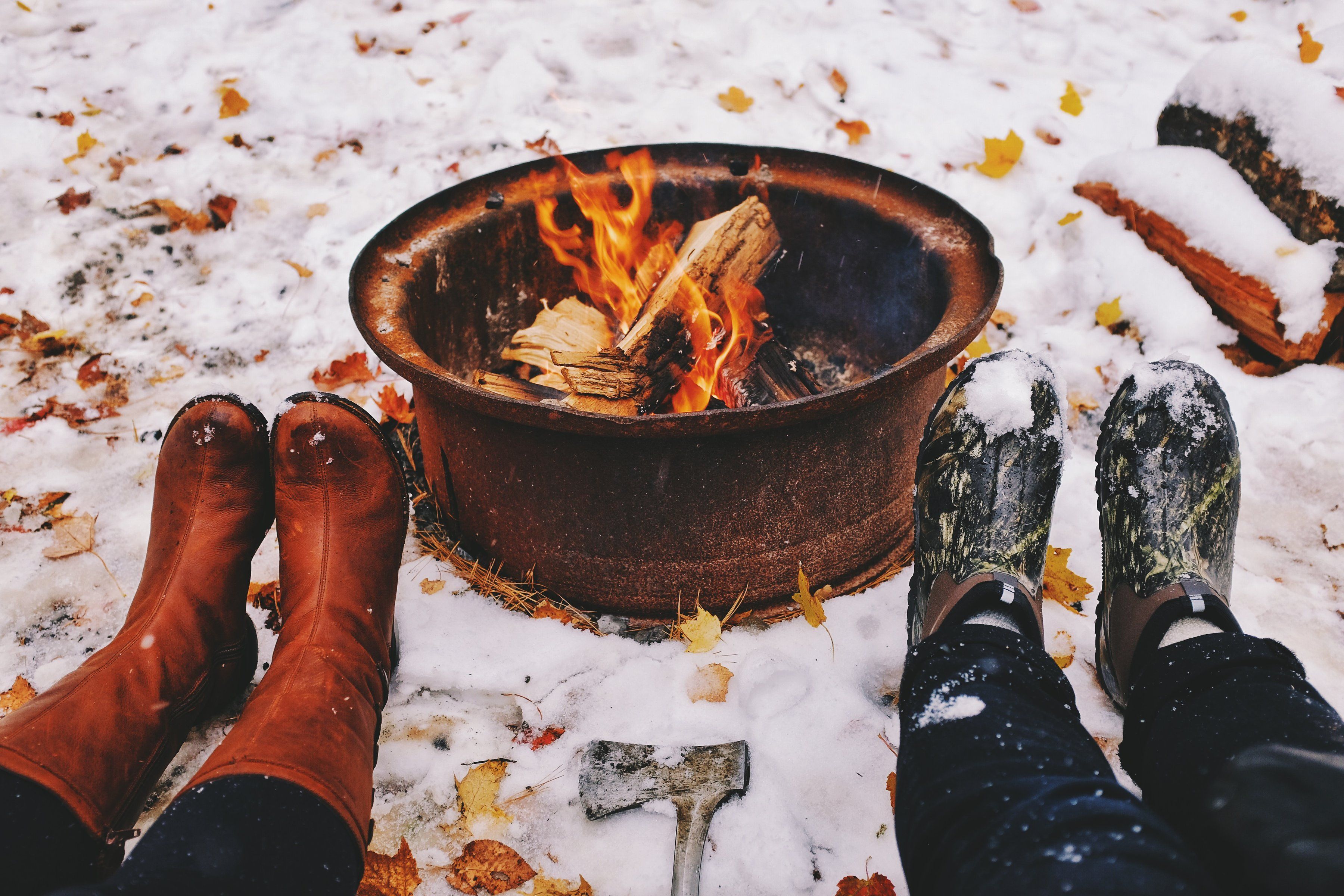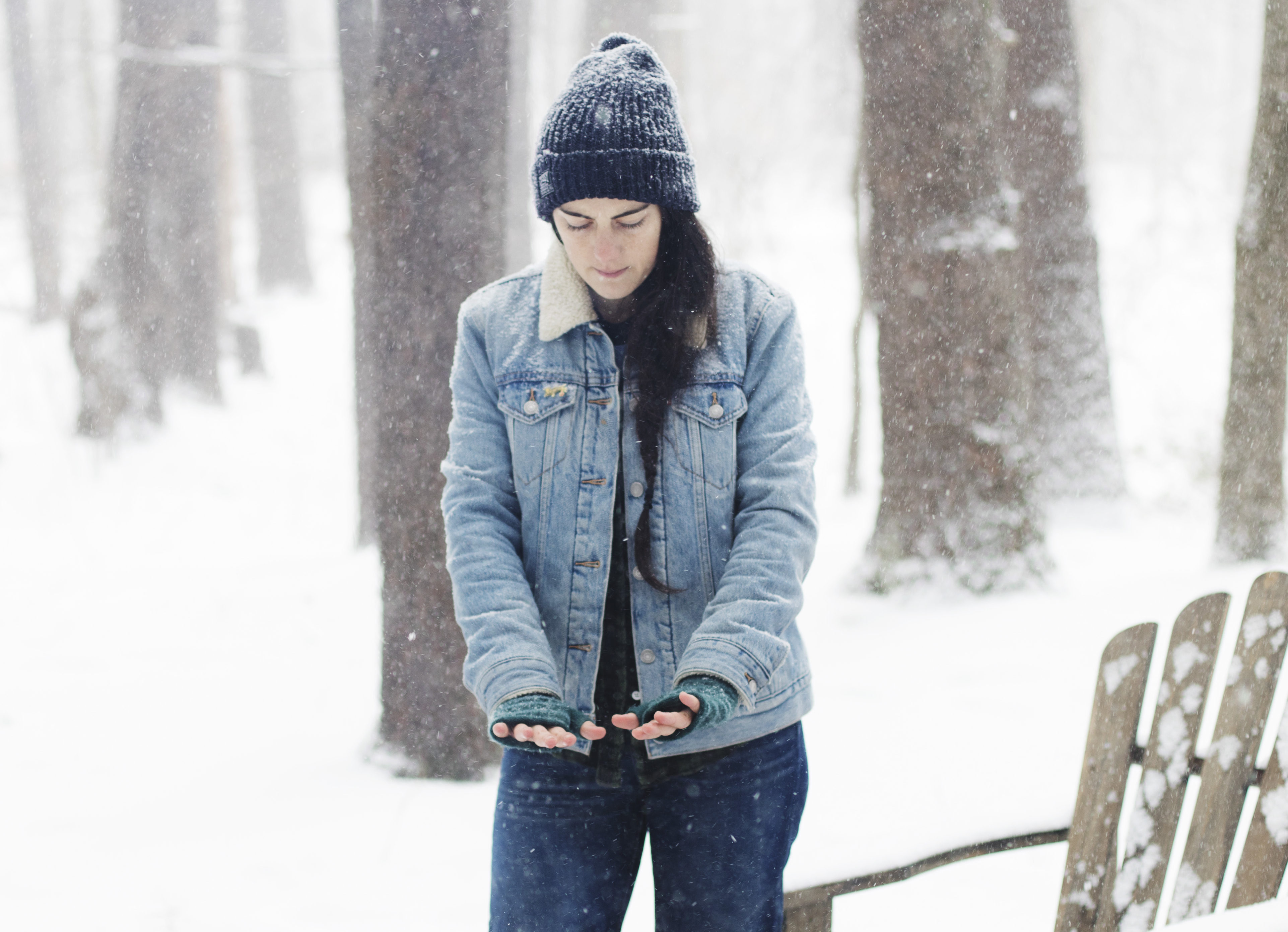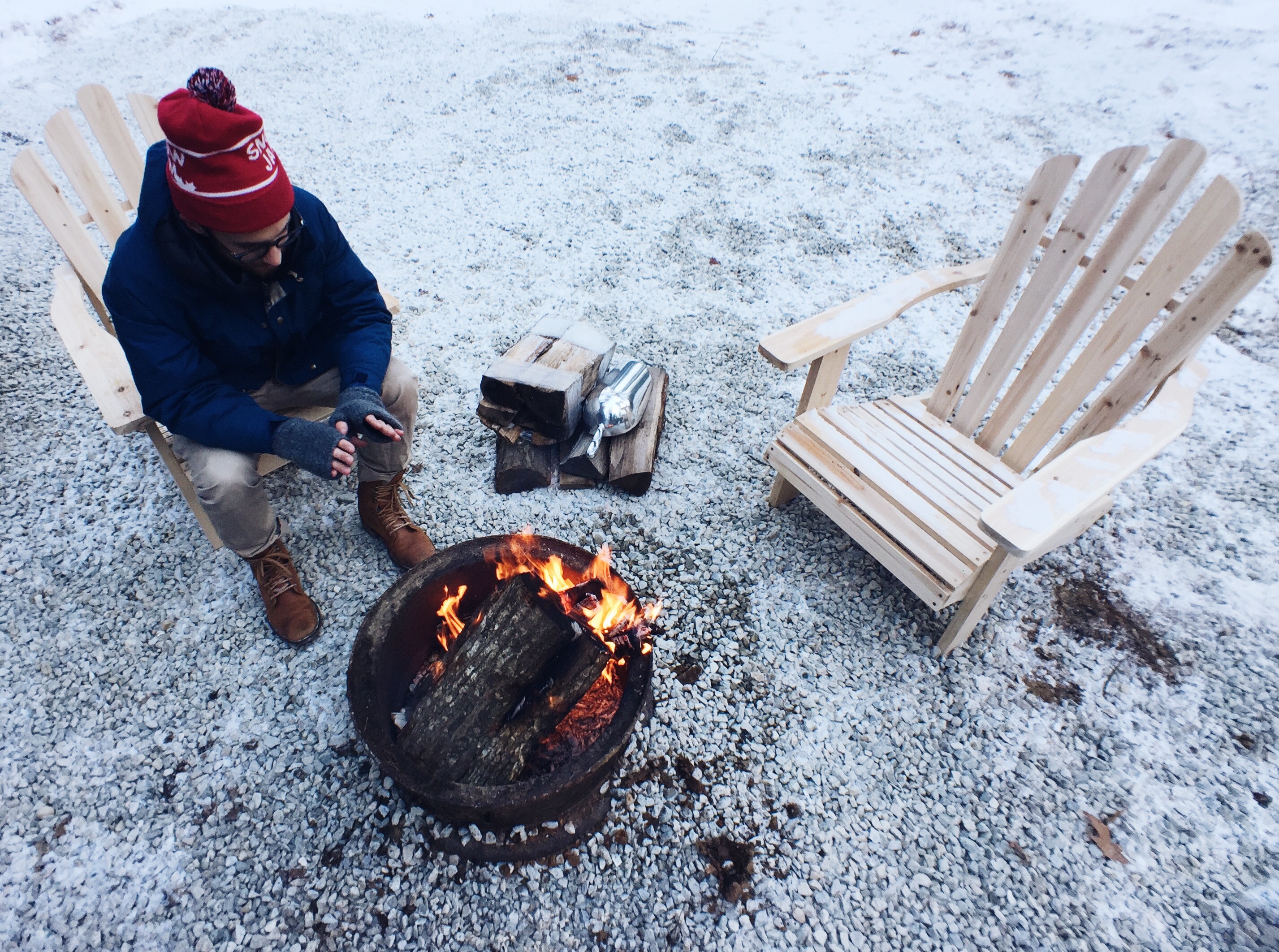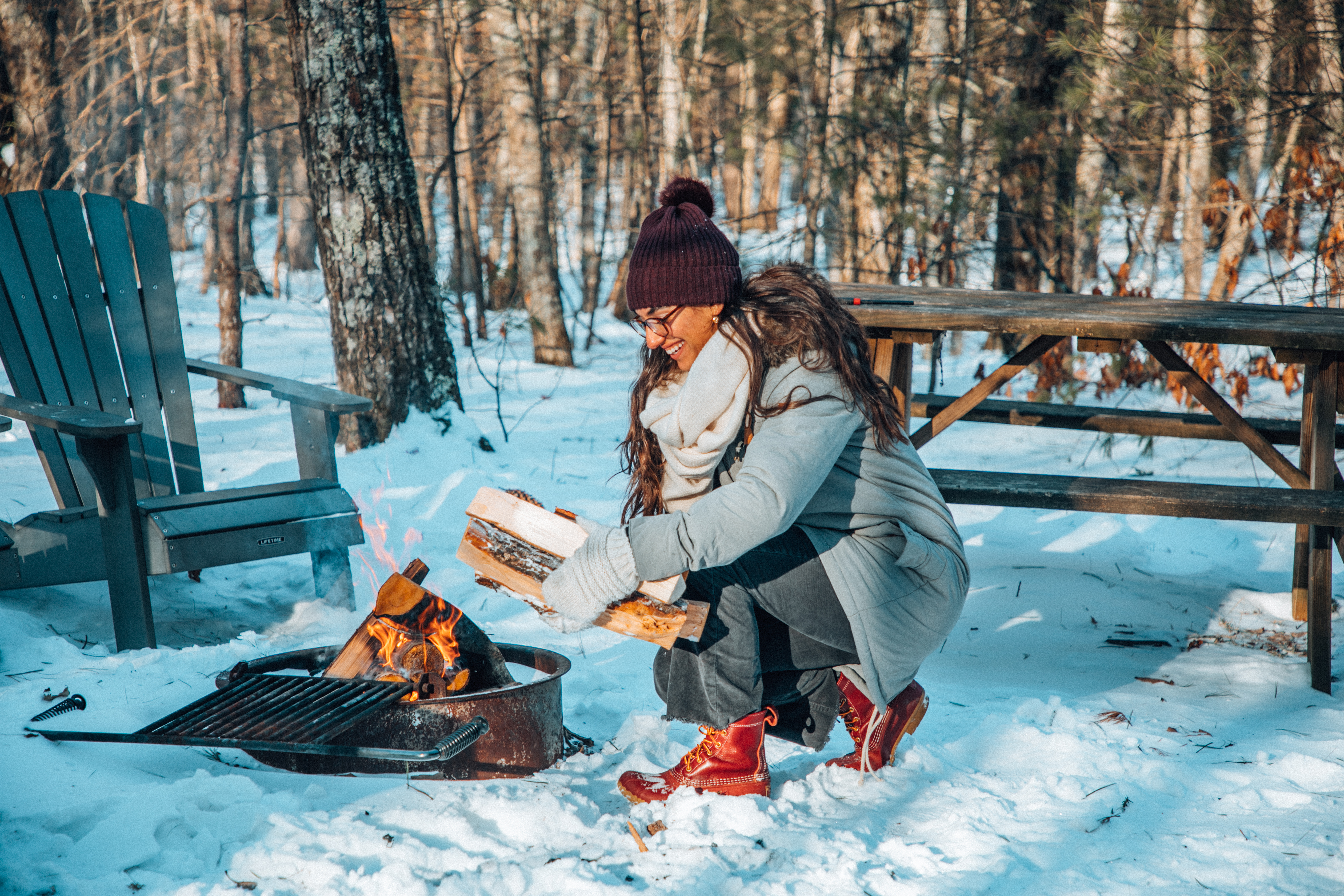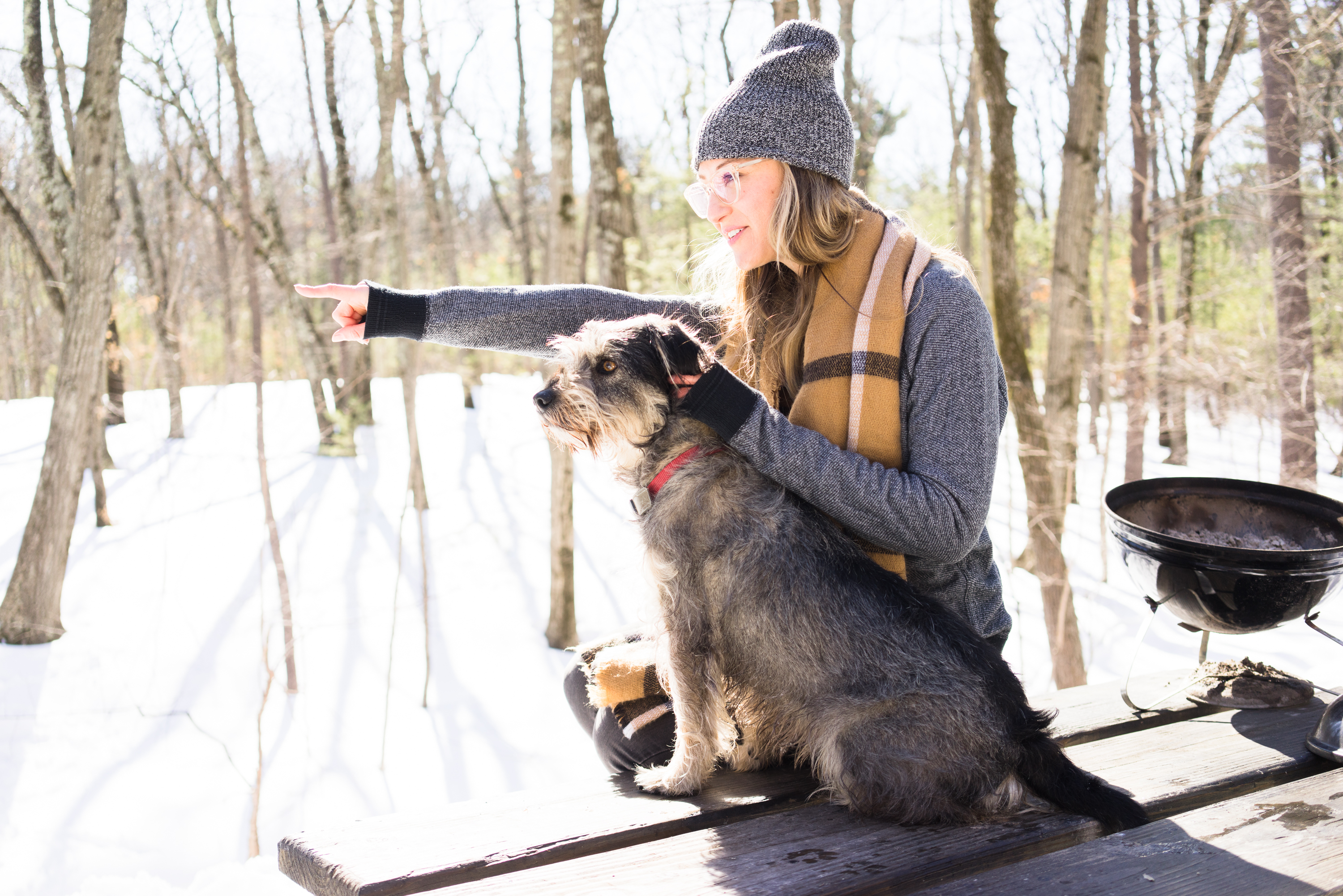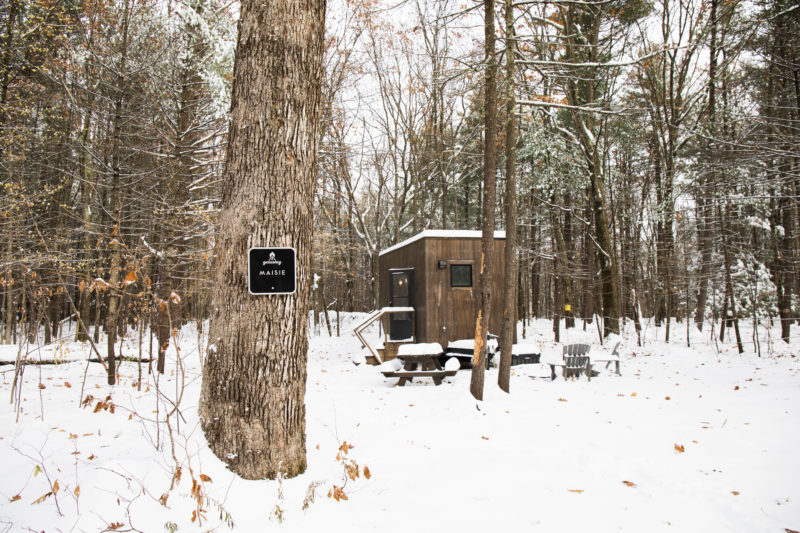Companionship is a cornerstone of the human experience.
Companionship is a cornerstone of the human experience. From spontaneous laughter to quiet conversations and warm embraces, meaningful connection plays a vital role in our overall well-being. Studies consistently show that strong social bonds not only increase happiness but can also extend our lives. We are, quite simply, wired to connect—it’s how we thrive.
But just as we need each other, we also need time alone. In fact, solo experiences—especially solo travel—can be some of the most transformative moments in our lives. Solitude offers its own kind of nourishment. In a world that often demands constant interaction and productivity, creating space to pause, reflect, and simply be is essential. Research suggests that an overstimulated, “overcivilized” lifestyle can take a toll on our mental health. Restoring balance means embracing both community and quiet—valuing both conversation and calm.
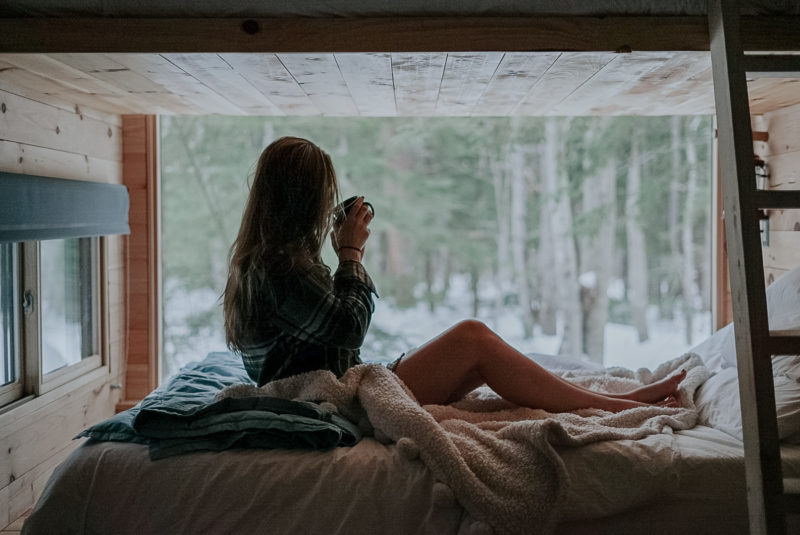
At Postcard Cabins, we talk often about a lost art in modern life: boredom — a concept that’s deeply connected to solitude. As children, boredom was a gateway to creativity. It was how we discovered who we were, what we loved, and how to entertain ourselves. But somewhere along the way, adulthood replaced that space with constant busyness. We became part of an overstimulated, overbooked culture that rarely gives us the permission to simply be.
That’s what makes solo travel so essential. It carves out time not only for rest, but for reconnection with the self. Without the presence of a partner, a friend, or even a phone to distract you, you’re gently nudged back into your own mind. You begin to notice your surroundings more clearly. Your thoughts become sharper. You start to ask: What truly brings me joy? What have I been too busy to feel?
Solo travel may feel intimidating at first. We’re used to structuring our days around others—making sure they’re enjoying themselves, filling silences with conversation, and curating moments of togetherness. But when you’re on your own, you have the rare chance to rest without performing. You don’t need to entertain anyone. You don’t need to be “on.” You can simply exist.
And that’s the power of it. The stillness. The space to wander and wonder. The ability to do nothing at all—and discover that, in doing so, you’re learning more about yourself than any itinerary or online personality quiz could offer.
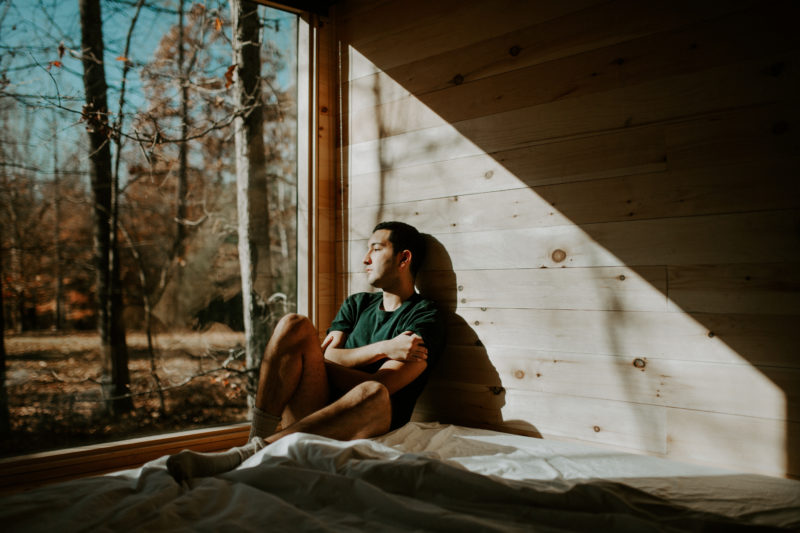
This kind of solitude isn’t lonely—it’s clarifying. It builds resilience, fosters self-trust, and creates a deep sense of groundedness. The more comfortable you become in your own company, the stronger your relationships with others will ultimately be. Because when you know yourself, you show up more fully—for everyone else, too.
Whether you’re a seasoned solo traveler or considering your first getaway alone, know that taking time for yourself is not selfish—it’s necessary. Solo travel isn’t about escaping others. It’s about returning to yourself. So set out on your own. Put the phone away. Get bored. Let nature speak to you. And let the stillness of solitude slowly lead you home—to yourself.


